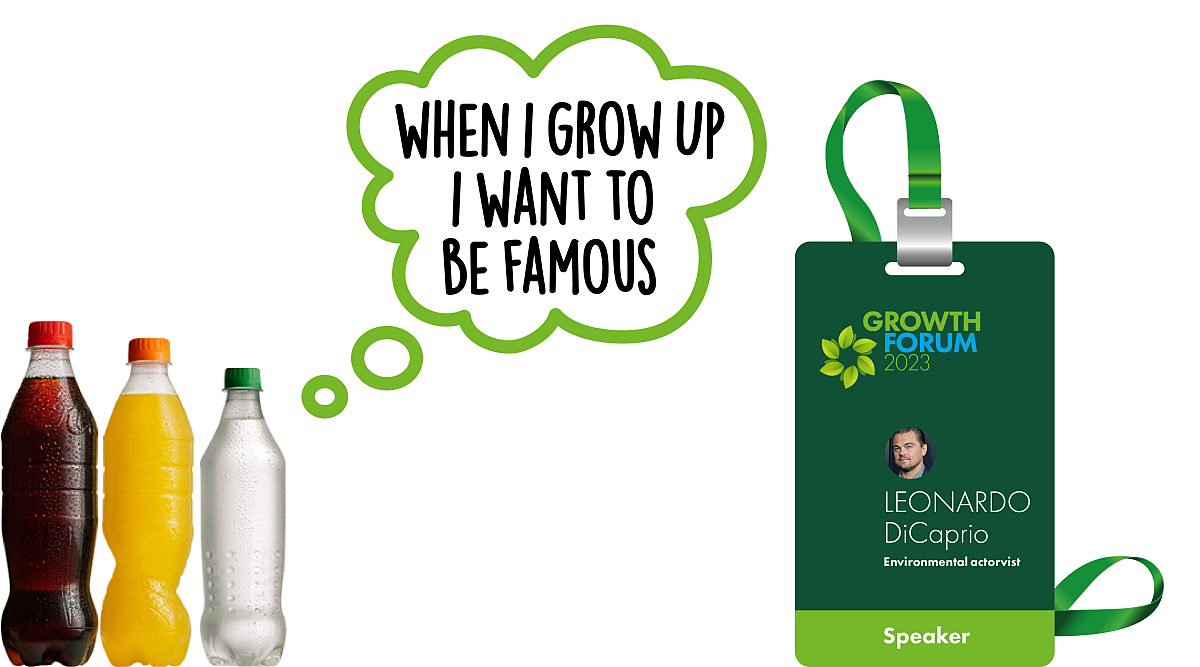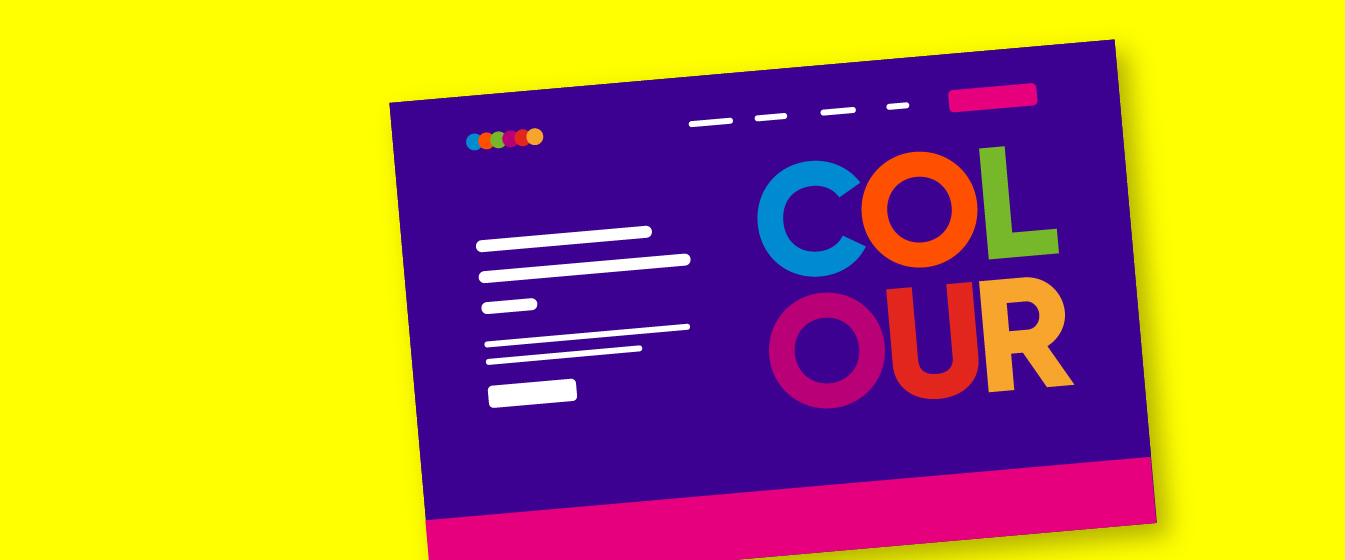Blog: Event management
Five quick ways to make your event badges more environmentally sustainable
23 January 2023 minute read

All too often conferences and events generate more than their fair share of waste. Leftover badges, leftover lanyards, leftover food and leftover swag. We’ve all seen it.
Increasingly, attendees and stakeholders see it too. And they want to know what we’re doing about it.
While some event excess might be unavoidable, event badges are one of the biggest sources of waste we can directly control and mitigate for.
You might worry that (as with so many products) the more eco-friendly badging options come at a cost to your budgets. But that’s not necessarily true.
As we’re about to discover, eliminating unnecessary components, cutting unit waste and getting sponsors to provide re-usable collateral, can actually reduce costs.
In most other cases, based on anecdotal evidence from clients we’ve spoken with, you might expect a modest 10–15% cost premium when switching from non-recyclable to fully-recyclable badge consumables.
It’s not much when you think about the tons of plastic we’d be diverting away from landfill.
So, at the risk of re-triggering Andrew Tate (Go Greta!) here are five quick ways your event badges can be more environmentally friendly and sustainable.
1 Look for recycled (and recyclable) materials in your badges and lanyards
As demand for eco-friendly conference materials has increased, spurred on by more environmentally-conscious attendees, badge suppliers have responded, and created badge stocks that have a reduced impact on the environment.
The best environmentally friendly badges are both made of recycled material and are themselves recyclable or biodegradable.
Obviously, the key challenge is the non-paper-based parts of the badge.
While regular lanyards cannot be directly placed into general recycling, there are several facilities which are able to break down and recycle the components of lanyards. By separating the metal, plastic and fabric fibres that make up your lanyards, each component can be recycled, composted or reformed into new items.
Better yet, swap out your current lanyards for recycled PET versions (repeatedly recyclable). These were probably a plastic bottle in a previous life.
Other non-plastic lanyard options are also on the table, including products based on bamboo fibres which are 100% biodegradable (if a bit more expensive than the PET option).
Of course, things are not always as they seem. Beware of green-washed offerings (falsely labelled as ‘eco-friendly’ or ‘green’) that claim to be recycled / recyclable – but are not.
Don’t be afraid to ask your supplier for specific details, including the precise type of plastic used, whether the item contains mixed materials (including more than one plastic type) and whether the supplier is accredited by any recognised bodies.
Over-ordered? Some suppliers will accept unused badges and badge holders for recycling or re-selling.

2 Have sponsors supply the lanyards
Lanyard sponsorship is one of the most common sponsorship benefits at conferences and tradeshows. They’re a high-value branding opportunity being numerous, extremely visible on the day, conspicuous in photos / videos and often taken home by attendees as a memento.
While biodegradable or recyclable lanyards are a step in the right direction, we shouldn’t forget the first two of the 3Rs: Reduce and Reuse.
By having your lanyard sponsor supply their own lanyards for the event, they can retain and reuse any surplus lanyards for their own events or future sponsorships.
If you do need to produce your own lanyards, avoid putting the date or any other time-sensitive information on them, so at least you can re-purpose leftover stock next year.
3 Don’t print your badges in advance
No shows are a fact of life at events. So is customer error (mistyping their name or other details that end up wrong on their badge).
For a high-value paid event, your badge wastage might only be 10%. For a shorter, free-to-attend meeting, it could be nearer 50%.
You can (practically) eliminate badge stock waste by printing them on-demand as your attendees check in.
On-demand printing also does away with the hassle of having to sort through (potentially hundreds) of badges as your attendee watches (and quietly wishes you’d hurry up so they can go and get a coffee).
Lots of planners I speak with imagine that on-demand badge printing would be difficult, expensive and only suitable for big shows. The reality is that it can be very easy and very inexpensive – providing you have the right software.
If you’re dealing with fewer than 200 participants, you can manage with one or two inexpensive high-speed printers (Zebra, Brother or similar) which are capable of printing a high-quality name badge in seconds. For bigger events, you might want to add another machine.
Your event platform should be able to handle everything (without the need to bring in third-party suppliers or products). Make sure to ask your provider how the system deals with networking on-site (multiple check-in devices and multiple printers), and (critically) how the check-in and badging system copes if your internet connection goes down. Amazingly, most of them don’t have a great answer for that one!

4 Stop using plastic badge holders
That little plastic contraption you insert the paper badge into (to keep it looking nice and attach it to the lanyard) can be the source of a lot of waste.
Worse still, the plastic used to make them tends to be cheap and of a type that’s difficult to recycle.
An increasingly viable option is to skip the plastic badge holder all together.
A strong, thick paper badge (for reference, a standard 8.5" x 11" is 74 gm2 or 20lb bond) should be able to hold together and still look decent for a 1- or 2-day event. New coated card and butterfly-type badge stocks give the benefit of a durable finish (if you spill your lunch on it, you can still wipe it off) with the ability to attach the lanyard directly to the card badge. Yet the whole thing is easily recycled.
If your event is longer than that (or you want a higher-end badge) you might consider one of the new biodegradable plastic card badge stocks on the market. These can be used in existing plastic card printers and give similar visual results.
5 Ask for stuff back!
If your conference badges are printed with attendee names, other identification or dates, consider placing some recycling bins or boxes near the exit so people can put their paper inserts straight into the recycling.
If your badge inserts do not have any printed identification they could simply be stored and reused for future events.
Plastic wallets are often designed to withstand fair wear-and-tear and can easily be reused multiple times. Set up a collection point where attendees can drop off their plastic wallets when leaving the event.
Optimising the sustainability of your event badging doesn’t need to be hard, and it doesn’t need to put a strain on your budget. It can even lead to efficiencies in your check-in process.
It will, however, make a big difference to our environment – and send a signal to your customers that your values are aligned.



